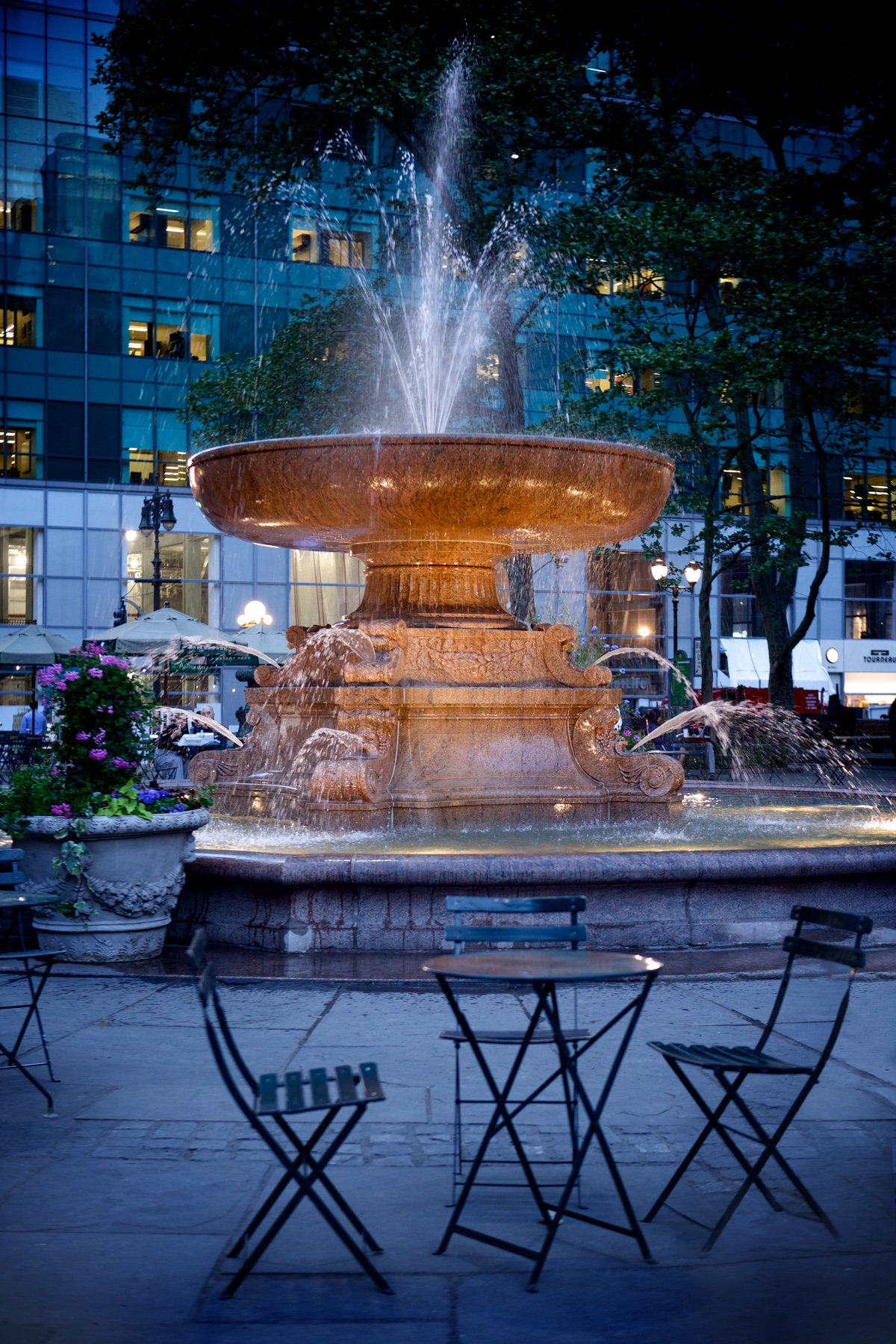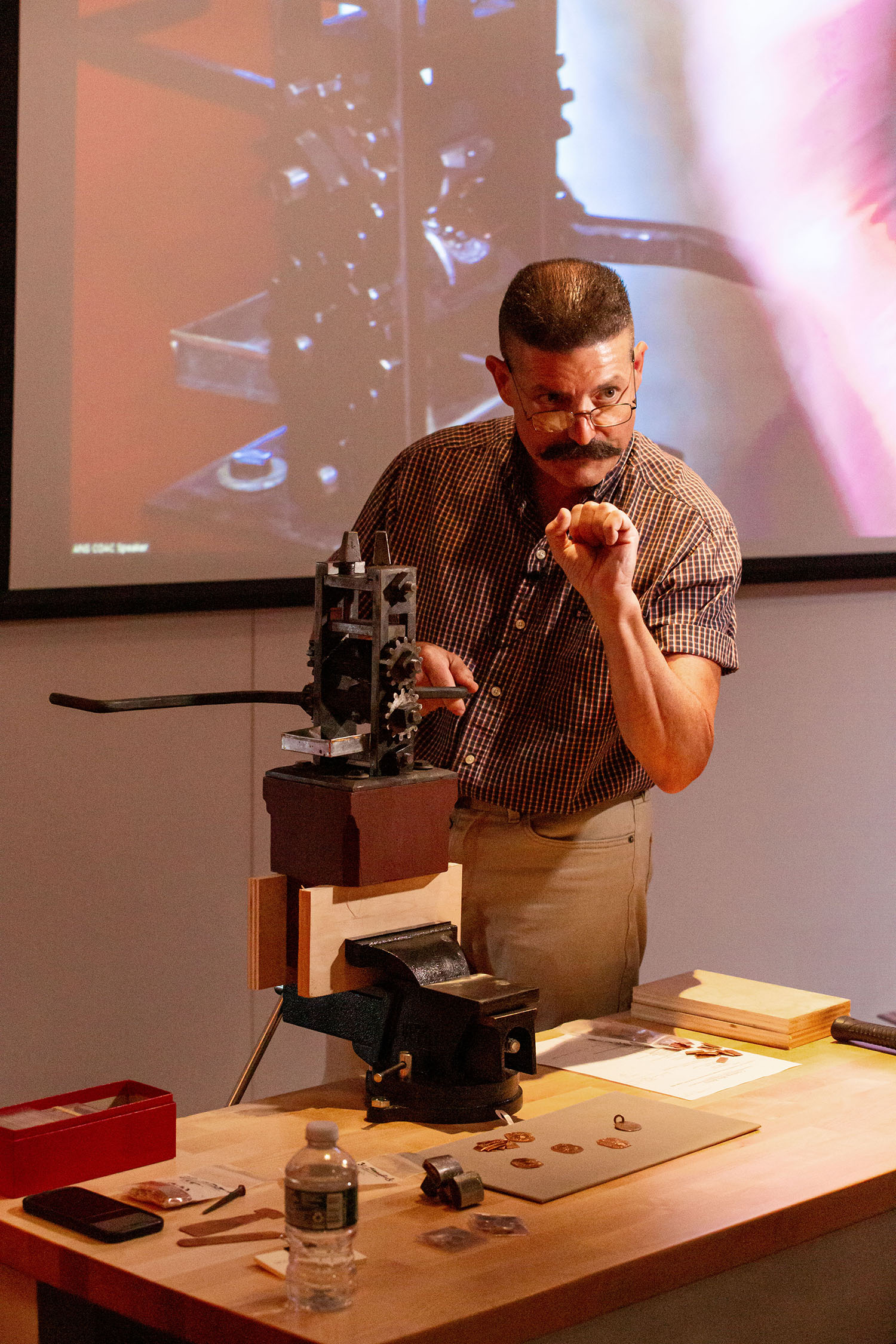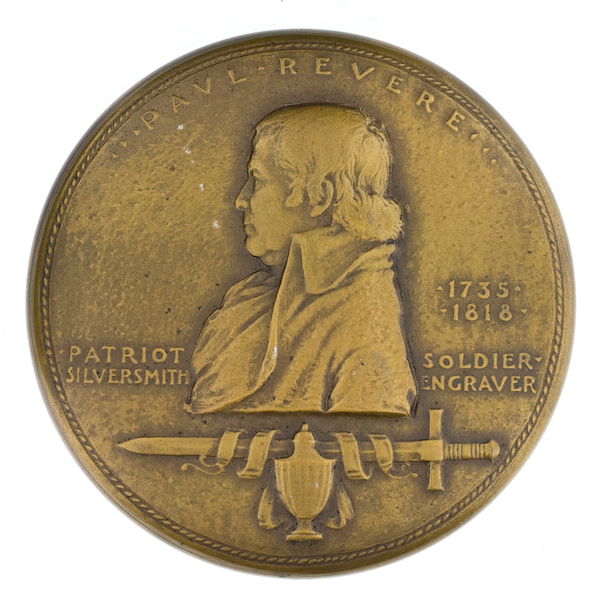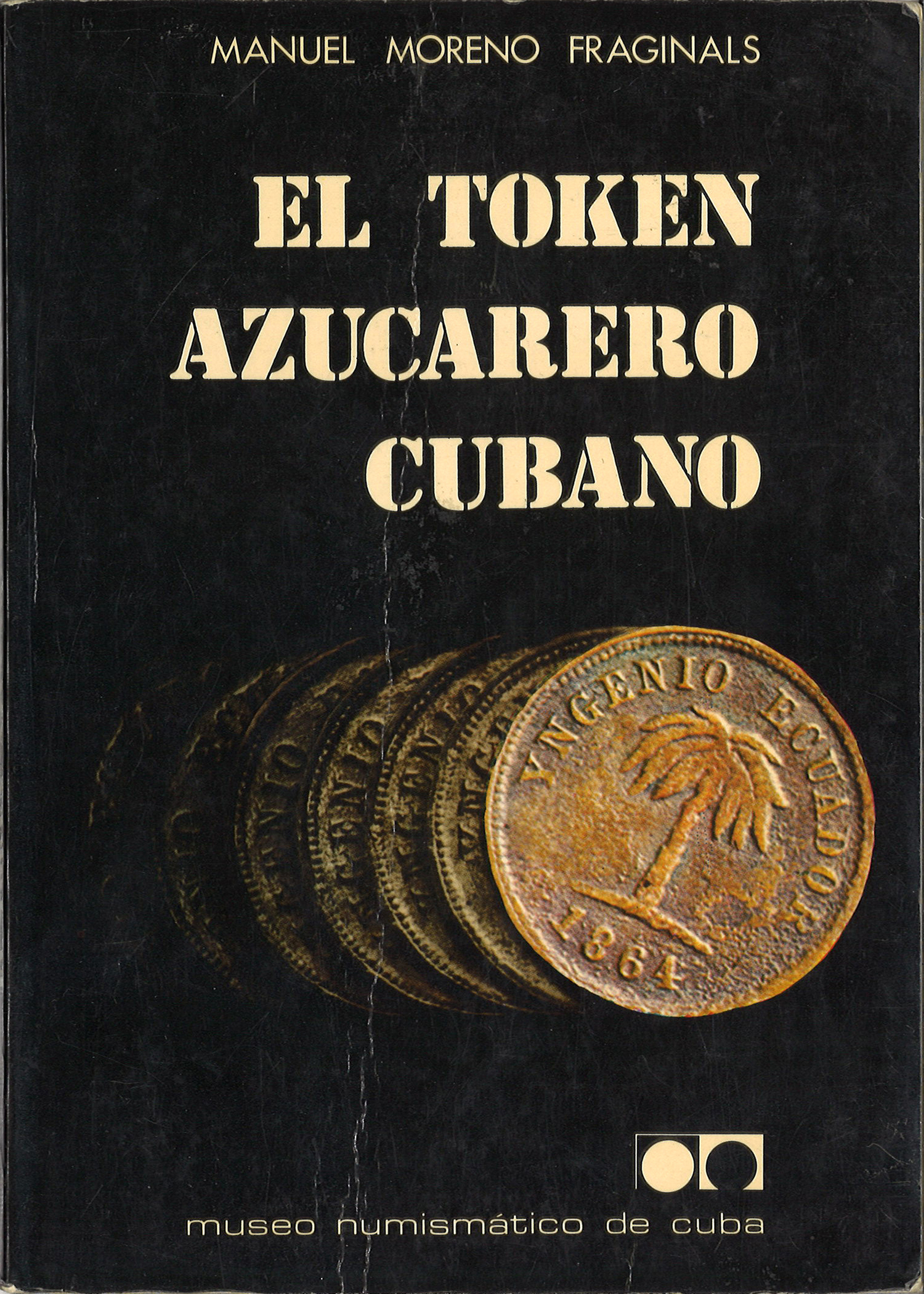Bryant Park Fountain 'Hoard'
For the Summer issue of the ANS Magazine, curator Gilles Bransbourg contributed a story that explored an interesting numismatic dimension of New York City’s Bryant Park. At the center of this leafy refuge stands an elegant black granite fountain designed by Charles A. Platt, noted architect of the American Renaissance movement.
Like many fountains around the world, it is a magnet for people seeking good fortune, and these wishes are often attended by tossing a coin into its waters. This act is the legacy of ancient traditions observed by many different cultures around the world that center on making offerings at wells, springs, and other sources of water. Bransbourg, who specializes in Roman economic history, points to Coventina’s Well as a good example of this longer history. This shrine adjacent to Hadrian’s Wall collected the waters of a local spring, and to date over sixteen thousand coins, most presumed to have been offerings from Roman soldiers stationed nearby, have been recovered from the site.

Closer to home, the not-for-profit Bryant Park Corporation collects somewhere in the neighborhood of $3,000 worth of US coins each year out of its fountain. The resulting funds are used to support park operations. The foreign coins fished out of the fountain are much less numerous and difficult to profitably exchange. The staff were thus kind enough to share the ‘hoard’ of foreign coins that had been collected over a yearlong period for analysis. This consisted of 732 coins that originated from 76 different countries–86 if the Euro coins, which have a common reverse and a country-specific obverse, are counted separately. The overall distribution of the set organized by the total number of coins and place of origin is shown in the table below (click to enlarge).
Perhaps unsurprisingly the Eurozone (141) and the United Kingdom (123) were best represented in the hoard, but the relatively large number of coins from Russia (51) and Argentina (28) is also interesting to note. The two oldest coins found were a 1936 US cent that had somehow slipped by park staff and, more unusually, a 1936 50-centimes silver coin from French Indochina. But I don’t want to recapitulate everything for this post, and there are many more facts, figures, and suggestions about how and why these particular coins ended up in the fountain in the article, which you can read in full here.







